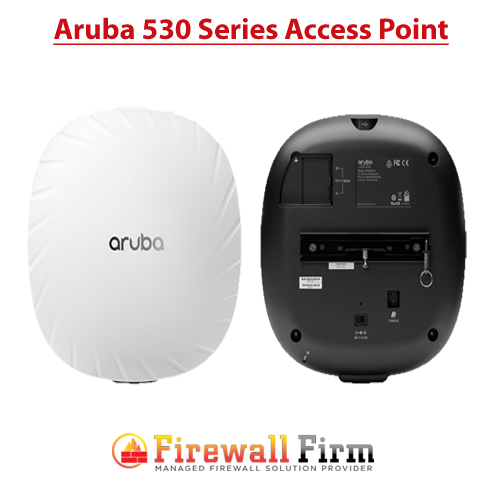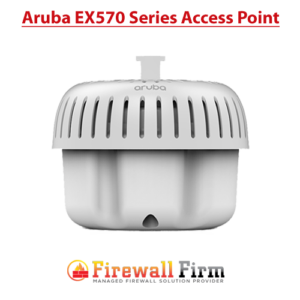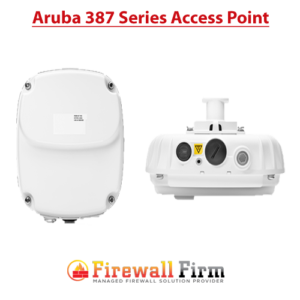Description
High speed. High performance indoor Wi-Fi 6 APs
Connectivity across high-density deployments such as larger office spaces, training and meeting facilities, and hospitals. Up to 2.97 Gbps maximum real-world speed and maximum of 1,024 associated clients per radio.
Wi-Fi 6 OFDMA and MU-MIMO, plus ClientMatch
Handles multiple clients on each channel, regardless of device or traffic type, using AI to eliminate sticky client issues.
Air Slice for SLA-grade performance
Provides service level agreement-grade performance for latency-sensitive, high-bandwidth, and IoT services.
WPA3 and Enhanced Open security
Increases enterprise-level security without increasing complexity, and ensures stronger guest access protections.
IoT-ready Bluetooth 5 and Zigbee support
Simplifies deploying and managing IoT location services, asset-tracking services, security solutions, and IoT sensors.
Flexible management options
Options to deploy in distributed or campus modes using a cloud-hosted or on-prem management and orchestration engine
| Wi-Fi Radio Specifications |
|---|
|
| Wi-Fi Antennas |
|---|
|
Security
- Integrated wireless intrusion protection offers threat protection and mitigation, and eliminates the need for separate RF sensors and security appliances
- IP reputation and security services identify, classify, and block malicious files, URLs and IPs, providing comprehensive protection against advanced online threats
- Integrated Trusted Platform Module (TPM) for secure storage of credentials and keys
Networking on a budget
With the integrated BLE and supporting 802.3af power, the Series APs enable enterprises to improve their work efficiency and productivity with the lowest TCO. When Ethernet drops are not available, VPN tunnels extend remote locations to corporate resources and wireless mesh connections.
Highly secure and reliable performance
The Series APs offer improved network simplicity and security in several ways. Dynamic Segmentation automatically enforces real-time, device-level access policies on Aruba wired and wireless networks. Additionally, Aruba AppRF technology leverages deep- packet inspection to classify and block, prioritize, or limit bandwidth for over 2,500 enterprise apps or groups of apps.
Flexible management options
Available management solutions include Aruba Central (available in cloud-managed and on-premises options), as well as Aruba AirWave, which supports multi-vendor networks. APs can be deployed with zero-touch provisioning to reduce deployment time, centralize configuration, and simplify inventory management.
Aruba Access Point
| Aruba Indoor Access Point | Aruba Outdoor Access Point
Aruba EX370 Series Access Point Aruba EX560 Series Access Point |
Aruba Remote Access Point
Aruba 203R Series Access Point |
Buy Aruba Access Point online from Firewall Firm’s IT Monteur Store
 Firewall Training in India Cyber Security Training & Firewall Training Provider in India
Firewall Training in India Cyber Security Training & Firewall Training Provider in India















